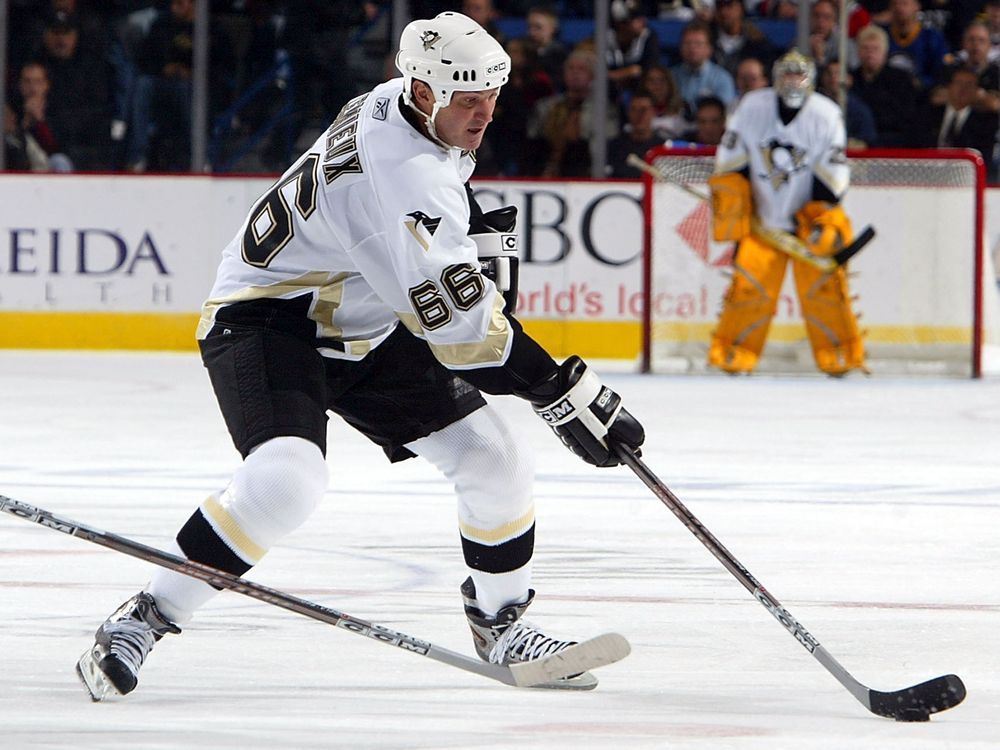
“Imagine if the NHL had a luxury tax and we didn’t need media and fans turned into armchair CPA’s to follow the game,” player agent says.
Article content
It seems like everything in the NHL these days revolves around the salary cap.
Advertisement 2
Article content
“Imagine if the NHL had a luxury tax and we didn’t need media and fans turned into armchair CPA’s to follow the game,” longtime player agent Allan Walsh tweeted this month. “This is ridiculous.”
Walsh was responding to a tweet and article from Frank Seravalli of DailyFaceoff, noting with figures from CapFriendly.com that only six teams will actually be able to spend to the full $82.5-million salary cap next season because of reductions from bonus overage penalties, buyouts, termination penalties and retained salary transactions. According to CapFriendly, the Canadiens will have a bonus overage penalty of $1,132,500 — the second-highest behind the Vancouver Canucks at $1.25 million.
As a player agent, Walsh is obviously not a fan of the salary cap, stating on Twitter that the players “are the victims of a few treasonous rats who betrayed their fellow players and the NHLPA” at the most critical point of the 2004-05 lockout, resulting in billions of revenue being transferred from players to owners through the salary cap and escrow payments. Walsh added that today’s players must be educated on what happened.
Advertisement 3
Article content
Walsh also pointed out that during the Bob Goodenow era as executive director of the NHLPA, from the 1992 players’ strike through the 1994-95 lockout (that ended without a salary cap) all the way through to 2004, that the average NHL salary rose from $275,000 to $1.83 million. For the 2021-22 season, the average salary is estimated to be around $3 million.
On the owners’ side, Geoff Molson’s group purchased the Canadiens for $550 million in 2009 and Forbes magazine valued the team at US$1.6 billion in its annual report on the business of the NHL last December. The Canadiens were ranked as the third-most valuable franchise behind the New York Rangers ($2 billion) and the Toronto Maple Leafs ($1.8 billion).
The salary cap will be a problem for a number of teams this off-season, including the Canadiens and Maple Leafs.
Advertisement 4
Article content
Canadiens GM Kent Hughes still doesn’t know if Carey Price will be able to play next season because of a knee injury and Shea Weber’s situation remains “complex” — Hughes’s word — because of injuries that sidelined him all of this season and will probably end his career, whether that’s on long-term injured reserve or through retirement. Price and Weber both have four seasons left on their contracts with a combined annual salary-cap hit of US$18.357 million. Until their situations are resolved, it’s tough for Hughes to plan for the future.
The Maple Leafs have $58.63 million committed to seven players next season — Auston Matthews ($11.64 million), John Tavares ($11 million), Mitch Marner ($10.903 million), Morgan Rielly ($7.5 million), William Nylander ($6.962 million), Jake Muzzin ($5.625 million) and TJ Brodie ($5 million) — with goalie Jack Campbell becoming an unrestricted free agent after earning only $1.65 million this season.
Advertisement 5
Article content
Times have certainly changed from the years when fans didn’t know how much players earned and players didn’t necessarily know how much their teammates were making.
In January 1990, the late, great Red Fisher got his hands on the complete list of salaries for every player in what was then a 21-team NHL and they were published in the Montreal Gazette before the NHLPA planned on releasing the figures. The NHLPA was going to release the list at the players’ request and Fisher reported that the Canadiens were the only team to vote against the idea, many of the players feeling the release of salary figures was an invasion of privacy. Back then, Canadian teams paid players in Canadian money and American teams paid players in U.S. dollars. All contracts are now in U.S. dollars.
Advertisement 6
Article content
There were only three players earning more than $1 million during the 1989-90 season: the Pittsburgh Penguins’ Mario Lemieux (US$2 million), the Los Angeles Kings’ Wayne Gretzky (US$1.72 million) and the Edmonton Oilers’ Mark Messier, who needed $42,800 in deferred compensation to edge beyond the $1-million mark. His basic salary was $990,700.
Chris Chelios was the highest-paid player on the Canadiens at $575,000, followed by Bobby Smith at $385,000, Mats Naslund at $380,000 and Guy Carbonneau at $360,000. Five other Canadiens — Claude Lemieux, Craig Ludwig, Mike McPhee, Patrick Roy and Petr Svoboda — earned $300,000 and the remaining players were all below that.
The minimum NHL salary is now US$750,000.
Advertisement 7
Article content
Connor McDavid is the highest-paid player in the NHL this season with an annual salary-cap hit of US$12.5 million. He actually earned $13 million this season, according to CapFriendly, with $1 million in base salary and a $12-million signing bonus. Price is the highest-paid player on the Canadiens with a $10.5-million salary-cap hit, but he actually earned $13 million this season with a $2 million base salary and an $11-million signing bonus.
While NHL salaries have risen dramatically since 1990, not one hockey player made Sportico’s list of the 100 highest-paid athletes in the world published this month. The list included athletes from 24 countries and 10 sports, led by NBA star LeBron James with US$127 million during the past 12 months from the Los Angeles Lakers and his “expanding off-court empire,” according to Sportico estimates. Andrew Wiggins, a Thornhill, Ont., native who plays for the NBA’s Golden State Warriors, came in at No. 100 with US$29.6 million in earnings.
Wiggins must be happy he didn’t play hockey.
scowan@postmedia.com
-

Stu Cowan: Canadiens dealt ahead of deadline thriving with new teams
-

Bruins’ Patrice Bergeron shoots down talk about joining Canadiens
This news is republished from another source. You can check the original article here



